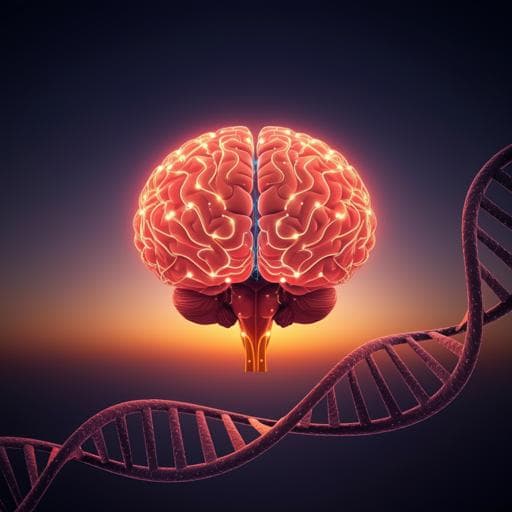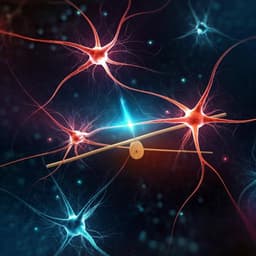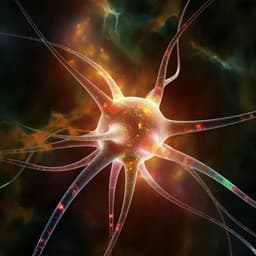
Medicine and Health
Intermittent fasting enhances long-term memory consolidation, adult hippocampal neurogenesis, and expression of longevity gene Klotho
G. P. Dias, T. Murphy, et al.
This groundbreaking study by Gisele Pereira Dias and colleagues reveals that intermittent fasting significantly outperforms daily calorie restriction in enhancing memory retention. After three months, female C57BL6 mice showed remarkable improvements in long-term memory, increased neurogenesis, and upregulation of the longevity gene *Klotho* in the hippocampus, highlighting the vital role of *Kl* in cognition and brain health.
~3 min • Beginner • English
Related Publications
Explore these studies to deepen your understanding of the subject.







